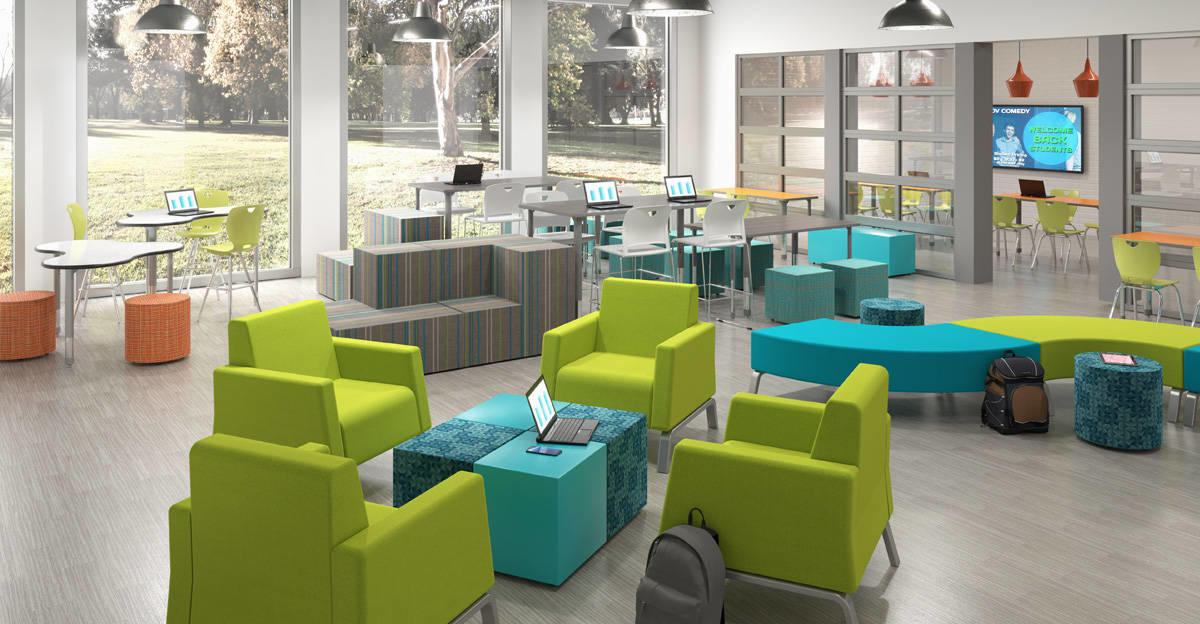In a recent blog post, we noted that teaching and learning have evolved dramatically over the last few decades — and the traditional classroom design with desks arranged in rows facing the front of the room is no longer sufficient to support these new modes of learning effectively.
Here’s a summary of how education is changing, and why learning environments must change along with it.
| From… | To… |
| Teacher-centered instruction | Student-centered learning |
| Students fed knowledge | Students acquire knowledge through inquiry and investigation |
| Students restate knowledge | Students demonstrate their learning by co-constructing new products or ideas |
| Whole class instruction | A mix of whole class, small group, and individual learning |
What do these changes mean for the design of learning environments? To support more active and student-centered learning strategies, students need learning spaces that are as dynamic as the learning they’ll experience. They need spaces that are highly flexible and adaptable to multiple needs, and spaces that engage and inspire them.
At School Specialty, we describe six key design elements as being critical to supporting more active, engaging, and future-ready learning environments. These elements are choice, comfort, versatility, connection, stimulation, and technology.
To learn more about each of these six elements and why it’s important, download our FREE guide: “6 Essential Elements of a Modern Learning Environment.”
Download the Free Guide





Leave a Reply